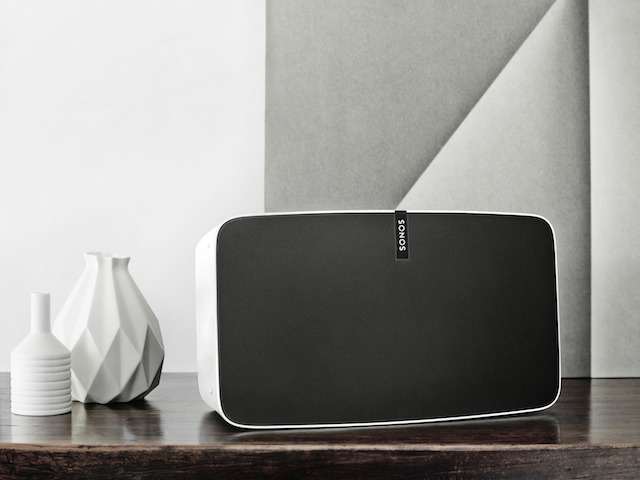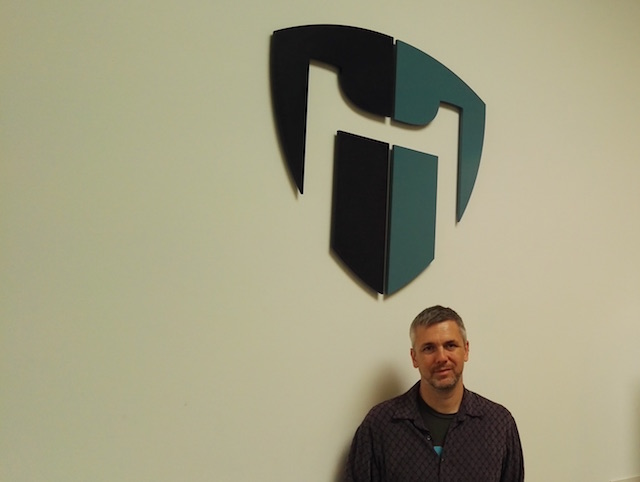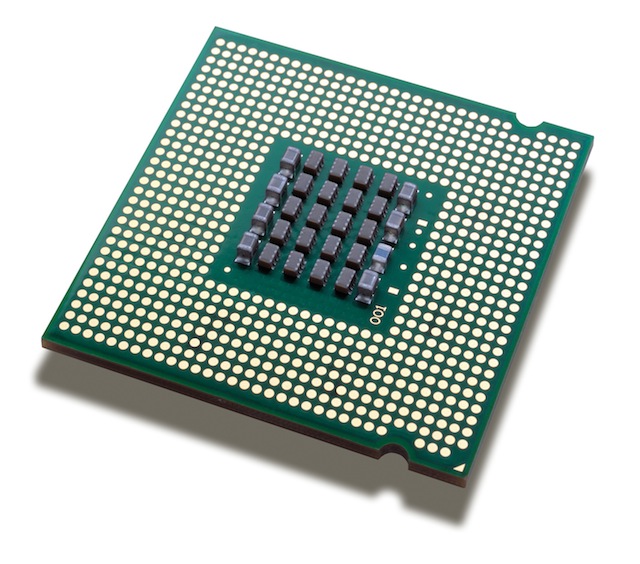There’s no doubt building a hardware startup is hard, whether it’s sensor networks, smart lights or home automation hubs getting physical products to the market is far tougher than launching an online service or app.
In a light industrial part of San Francisco’s Inner Mission district, the Highway One incubator is one of the initiatives looking at helping entrepreneurs bring their ideas to market.
“Our goal is to help hardware startups scale faster,” says Brady Forrest the director of Highway One. “We turn prototypes into products. People come here with an idea and we make sure they can implement it, we bring a lot of design best practices and engineering best practices and make sure they are being honest with themselves.”
“I also end up conducting a lot of founder therapy.”
The selection process
Getting onto the four-month program is competitive with applicants being subjected to a rigorous vetting process, “they fill out a double page application, send in a video of them telling their story and then a video of them using a prototype.”
“Then we start to talk with some business analysts to check the market sizes, competitors and then we go to an engineering review to check the team has the technical chops and that prototype is what they say it and that it’s achievable.”
Once on the program the course is an intense immersion on building a product with access to a prototyping lab, support services and a 10-day trip to Shenzhen, China, to learn about global manufacturing.
The Shenzhen link is important as Highway One is part of PCH International, an Irish company born out of founder Liam Casey’s case work in sourcing Chinese manufacturers. This Fortune magazine profile of Casey and PCH describes how deeply embedded the company is in global supply chains.
Want investors want
At the end of the incubator process is a pitch day before potential investors. Right now Forrest says, “I think investors want to de-risk as much as possible. Right now hardware is so expensive and it’s higher risk. Yet in a lot of ways it’s easier in a lot of ways for people to know what they’re getting.”

Part of the challenge in funding hardware startups lies in financing the fabrication phase of the product’s development. Forrest cites the ‘Smiley Curve’, originally described by Acer founder Stan Shih, where the value added is at the beginning and ends of the cycle.
“The VC’s don’t like to fund the build part, one nice thing for startups is that they can get manufacturers will take on the build part so they don’t have to seek funding for working capital”
Hardware’s next wave
For investors, this makes funding hardware startups easier for investors. “It’s still not easy though,” Forrest warns. “It’s become harder for hardware startups to raise new rounds, so they have to watch their burn.”
While at the moment a lot of the focus is on wearables and the IoT, Forrest sees the Federal Drug Administration’s new rules on medical accessories changing the sort of devices being pitched to the program. “I now think we’re moving into a new field where the devices will have an effect on the body. The FDA’s new rules around making it easier to make things around FDA approved devices will open that.”
He’ll find out soon what the next big thing is in hardware startups as applications for Highway One’s May 2016 round of participants is now open.
Similar posts:





